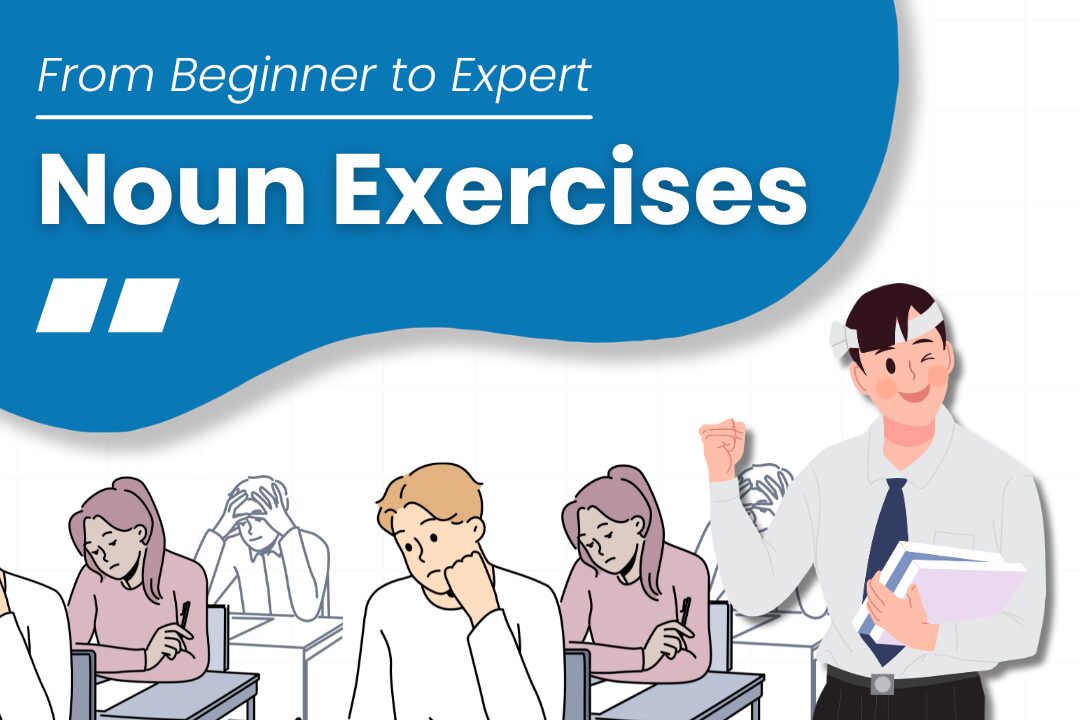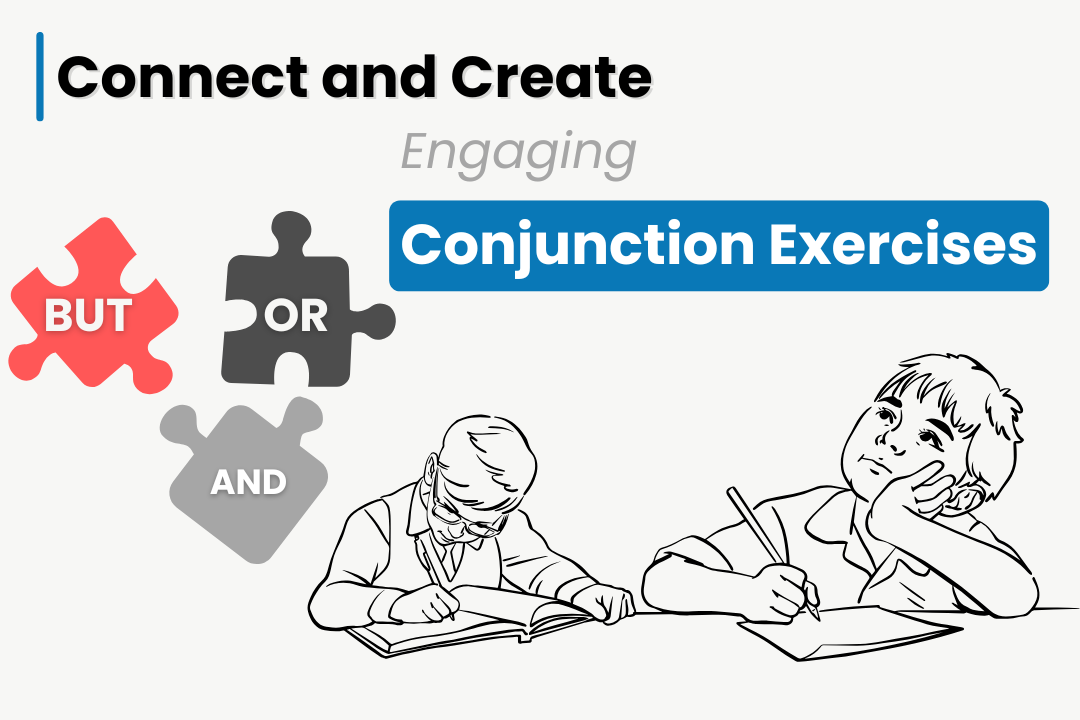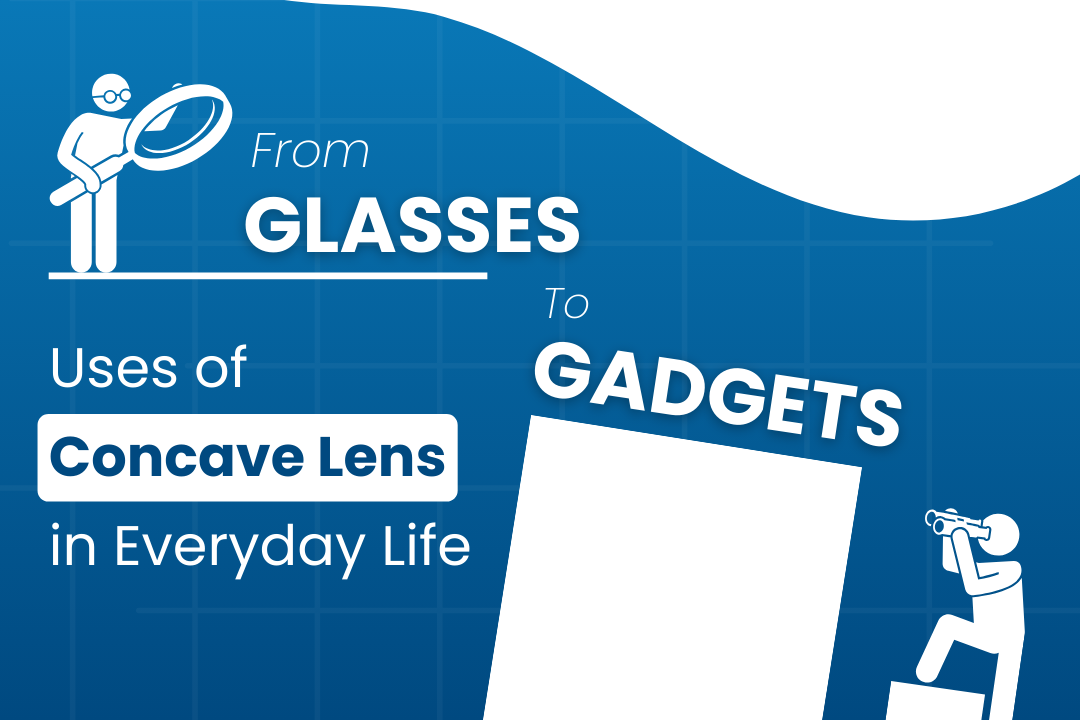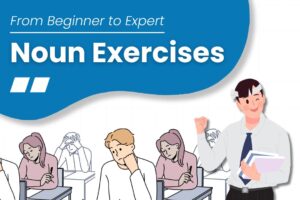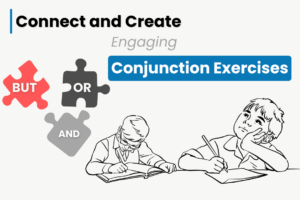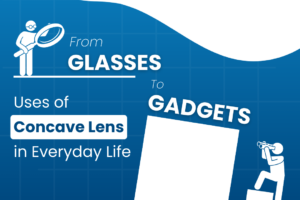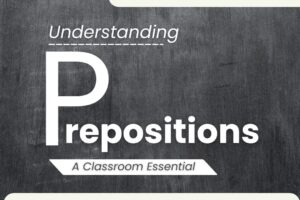
Nouns are a crucial part of a sentence. Students will learn about the role and functionality of nouns and how they can help construct sentences more precisely. There are different types of nouns, i.e., proper nouns, common nouns, and abstract nouns; learning about them can enhance a student’s vocabulary power.
In this blog, we have explained different types of nouns, their types, how to use nouns in a sentence, and many other aspects associated with nouns. Additionally, practicing noun exercises can further reinforce understanding and application.
Let’s begin to understand the nouns!
Definition of Nouns
A noun is a word that refers to the name of a person, thing, place, state, or quality. Noun comes under parts of speech and can be divided into singular and plural forms.
Nouns are usually segmented into 9 parts.
- Proper Noun
- Common Noun
- Collective Noun
- Material Noun
- Abstract Noun
- Countable Noun
- Uncountable Noun
- Singular Noun
- Plural Noun
This is the entire classification of the noun. They are usually considered an important part of a sentence. A strong foundation on nouns can enable you to understand more complex concepts of English grammar easily.
Types of Nouns: Definition and Examples
Noun usually covers a diverse sector. You can master the figure of speech well if you understand nouns and their types.
Proper Noun
A proper noun is used to name a person, place, or thing. Usually, proper nouns are written in capital letters.
Example:
- My name is Charlotte.
- New Delhi is our capital city.
- In August, India achieved its freedom.
Common Noun
When we define a place, people, or thing in a general way, it is called a common noun.Usually, a common noun is a kind of noun that does not have any name.
Example:
- I saw a cat sitting on the wall.
- Don’t you need a pen?
- Surya studies in college.
Collective Noun
Collective nouns are used to define a group of people, things, or animals. Collective nouns are also known as a group of nouns.
You can have a look at the list of collective nouns.
- People – Committee, crew, audience, team, family, tribe, crowd, gang, jury, parliament, flock, school.
- Animals – Herd, pack, swarm, flock, pride, gaggle, colony, hive, shoal.
- Things – Bunch, stack, pile, fleet, bouquet, chain, collection, assortment.
Example:
- People
- The tribe of artists gathered on the stage.
- A crew of rescuers.
- The band of rebels.
- Animals
- A colony of ants.
- A pack of wolves.
- A herd of sheep.
- Things
- A bunch of keys.
- A bouquet of roses.
- Andaman & Nicobor is a chain of islands.
Material Noun
A material noun refers to that kind of physical matter that can be seen, touched, and sensed.
Example:
- The crown was made of gold.
- The bridge was constructed with steel beams.
- The seat is made of leather.
Abstract Noun
An abstract noun is a noun that refers to an idea, feeling, state, quality, concept, or experience that cannot be seen, heard, tasted, or smelt. Abstract nouns are not tangible. They do not exist in material or tangible form.
You can have a look at the examples of abstract nouns
- Emotions- Love, Anger, Happiness, Sorrow, disappointment, and Pride.
- Qualities- Courage, Honesty, Patience, Trust, and Dedication.
Example:
- Love is the most beautiful emotion in the world.
- I can see his disappointment.
- Intermediate exam is the time to show your dedication.
Countable Noun
A countable noun is a noun that can be counted. It is also known as the count noun. Countable nouns have both singular and plural forms.
Example:
- I am reading a storybook. [Singular form]
- We bought a bag full of sweet apples. [Plural form]
- I used a pen to make the calculation.
Uncountable Noun
An uncountable noun is a noun that you cannot count as an individual unit. The uncountable noun is also known as the mass noun.
Example:
- I prefer to eat rice during lunch.
- They dumped all the garbage in front of my house.
- Do you prefer milk in your coffee?
Singular Noun
When a noun refers to only one person, place, thing, idea, or quality; it is known as a singular noun. Singular noun usually deals with an individual member of a group rather than focusing on the entire group.
Example:
- The eagle just hunted its prey.
- He wants only a cake from us.
- David wears a black hat.
Plural Noun
When a noun refers to more than one person, place, or thing; it is known as a plural noun.
Example:
- The teachers show us the way to success.
- Birds are chirping on the tree.
- The garden is full of beautiful roses.
How to Identify Different Types of Nouns?
Each of the 9 sections of the noun that we have described earlier, has its separate features. You can identify each of these nouns easily if you follow a few simple rules.
Here is a detailed explanation of ways to identify different types of nouns.
- Proper Noun:
- Proper noun usually starts with a capital letter
- It displays a specific name of a person, place, or thing.
- Common Noun:
- Common nouns do not specify any name.
- It usually displays general names.
- Collective Noun:
- A collective noun refers to a group of individuals or things as a single entity.
- Material Noun:
- From the name of the noun, it is understandable that it is related to material.
- Gold, wood, and cotton; are examples of Material nouns. These examples are a good way to understand Material nouns.
- Abstract Noun:
- Just like material nouns, one can identify the abstract noun, from the definition.
- It is just the opposite of material nouns.
- You cannot touch the abstract noun. So, the examples are love, happiness, and courage.
- Countable Noun:
- The name itself defines what a countable noun is.
- The nouns you can count are countable nouns.
- For example; five cars, one man, three buildings.
- Uncountable Noun:
- Uncountable nouns are just the opposite of countable nouns.
- You cannot count their number.
- For example; air, fire, sand, and rice.
- Singular Noun:
- Nouns that are one in number.
- It is defined with one, a, and the.
- For example; one person, a lion, the Mary Queen ship.
- Plural Noun:
- Nouns that are more than one in number.
- It is defined with ‘s’, ‘es’, and ‘ves’.
- For example; Guavas, houses, and Wolves.
Class 10 students need to learn about nouns properly. It can help them to create a sentence seamlessly.
Common Mistakes in Using Nouns
Usually, class 10 students make a good number of mistakes while using nouns in the sentence. Here we have provided a few ways to avoid the common mistakes we usually make with nouns.
Noun Misidentification
10th-standard students sometimes make mistakes in distinguishing between proper nouns and common nouns. They often get confused with names like water or air should come under proper nouns or common nouns.
Collective Noun + Verb Mistakes
While using the collective noun, students generally make the noun + verb mistakes. For example; “The team are playing good cricket.” (Incorrect)
While using collective nouns, it should be kept in mind that it is generally expressed as a unit. That is why, always the singular form of the verb to be used.
Correct form: “The team is playing good cricket.”
Uncountable Noun + Verb Mistakes
In the same way as the collective noun, while using the uncountable noun; we sometimes by mistake use the plural form of the verb.
For example; water are cold. (Incorrect)
A student has to remember that using the singular form of the verb, is the correct way with uncountable nouns.
Correct form: Water is cold.
These are the 3 mistakes 10th-standard students usually make with nouns.
Importance of Nouns in Sentence Structure
The building blocks of any sentence and nouns act like the stars of the show. They tell us who, what, where, and even when, forming the foundation for clear communication. Let’s dive into the crucial role nouns play in crafting strong sentences!
- Nouns serve as the foundation of language. Noun plays an important role in the structure of sentences.
- Noun is perhaps the most important thing in parts of speech. It defines a person, place or thing; without using a noun, a sentence may remain incomplete.
- Nouns are very important for conveying important information. Nouns usually carry important information about people, places, things, or ideas.
- Nouns can bring clarity to a sentence. There are billions of people, thousands of rivers, and hundreds of seas in the world. It is because of nouns, we can specify or understand about whom, which river, and what sea we are speaking.
- Nouns can precisely convey what you want to communicate. Nouns give us a clear picture of people, places, and things in a sentence.
Conclusion
In sentence construction,nouns usually play an important role. Usually, nouns are used as subject, direct object, and indirect object in a sentence. A student can identify different kinds of objects or names with a noun. Here lies the importance of nouns. With nouns, you can identify a particular person, object, or abstract thing. The 10th-standard students must learn about nouns to create a strong foundation in grammar.

